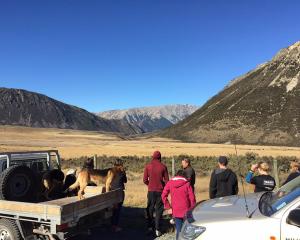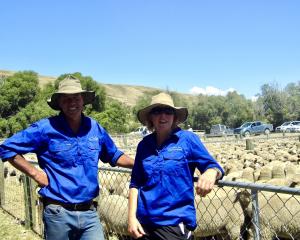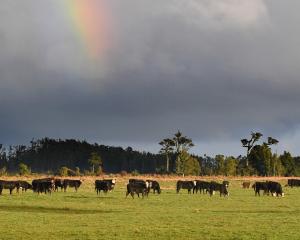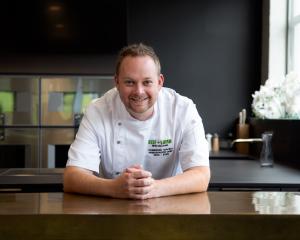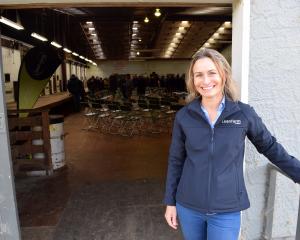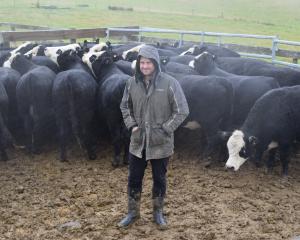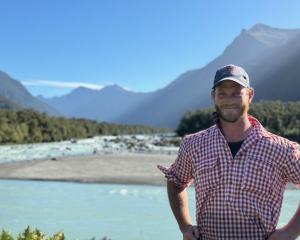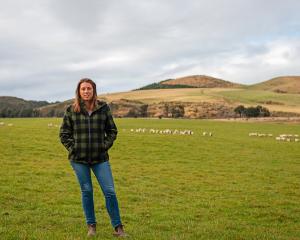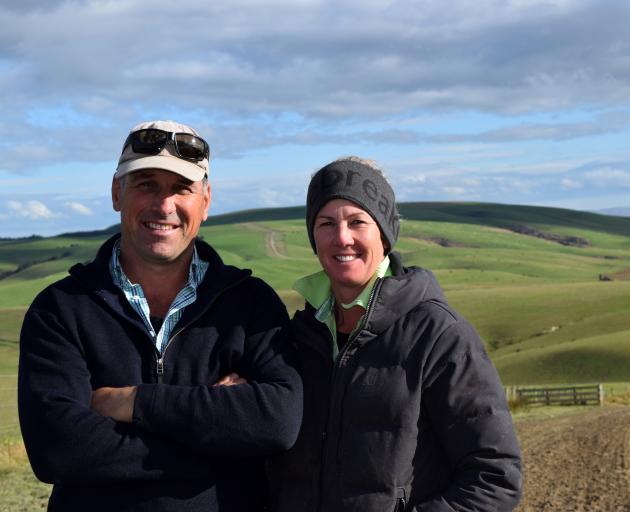
A plan is unfolding to improve efficiency, reduce waste and add value on a high-country station in Northern Southland.
Glenaray Station general manager Simon Lee and his partner Nicky Thompson hosted about 85 people at a Beef + Lamb New Zealand field day on the 70,000ha sheep, beef and deer property near Waikaia.
The couple have been managing the property for about 20 months.
Mr Lee said a career aspiration was to work on the station.
"The dream has come true."
The station’s more than 20 staff had completed The Lean Farm Project workshop.
From the workshop, the "lean farm approach" was being used on the station, prompting the construction of new cattleyards.
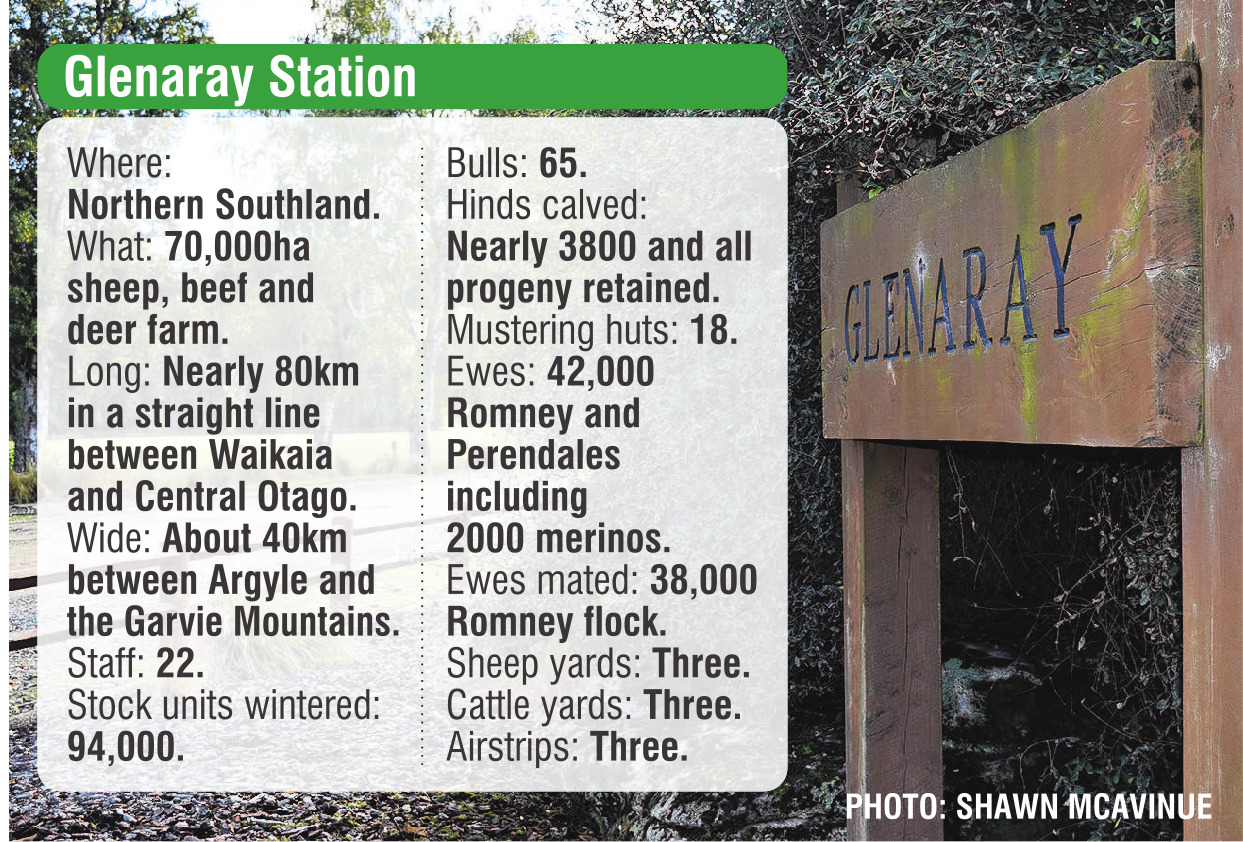
"There was a lot of time wastage."
The muster was also "walking too many kilos of meat off that we are trying to put on".
Future projects to increase efficiency on the station includes installing new lanes to remove any need to move stock on public roads.
The beef cattle on the farm were mostly Hereford.
A target had been set to calve 2500 beef cows and yearling heifers, he said.
Yearling heifers were being mated for the first time in the history of the station.
About half of the yearling heifers on the station, about 500, had been put to the bull this year, he said.
"That’s 430-odd calves that will come into our system and into my budget in 18 months’ time."
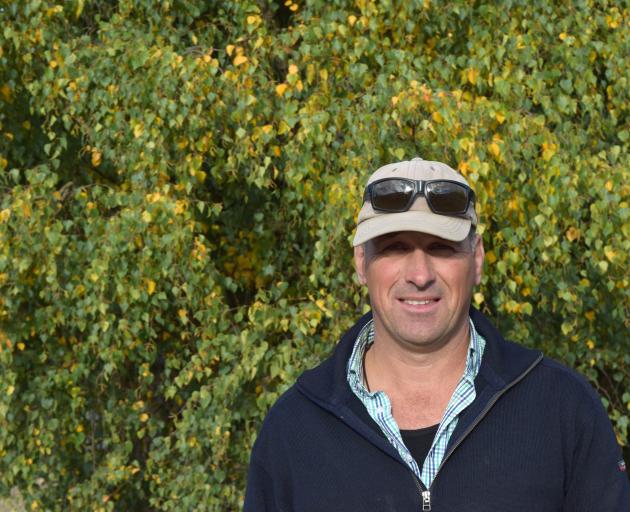
Of the 42,000 ewes on the station, more than 38,000 were put to the ram in April last year.
A focus on the station was breeding a maternal Romney flock.
Up to 90% of the Perendale ewes were put to a terminal sire last year.
A stop on the field day tour was nearly 9400 two-tooth ewes grazing on a 99ha kale crop.
The ewes were put on the crop 10 days before the ram was being put out on this coming Saturday.
The ram and ewes were kept in the kale crop for nearly two weeks, he said.
"If we’ve done our job right then I should have 70% of those in-lamb in the first 12 days."
To spread the workload, lambing forannual draft ewes starts on September 5, two-tooths on September 15 and on the hill country on September 27.
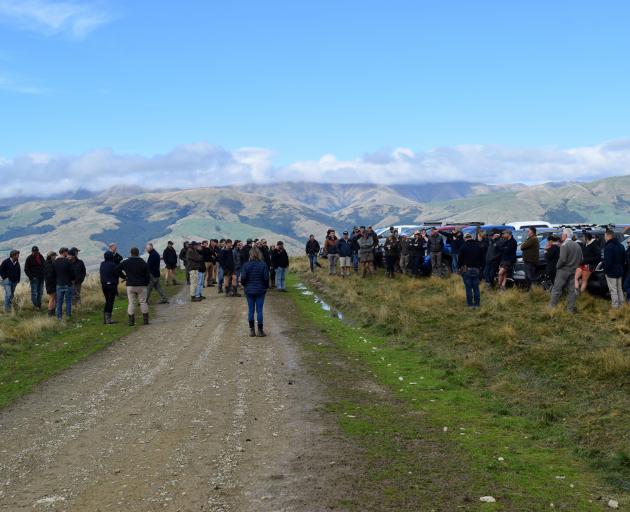
A target was to increase the lambing percentage to more than 140% and increase the number of lambs tailed.
More than 50,000 lambs were tailed this season.
"We will finish more than 30,000 lambs easy, which is a big change for Glenaray."
Glenaray was formerly "a store property", selling 5000 prime lambs a year.
A target had been set to finish 40,000 lambs next year by implementing changes to improve weaning weights, he said.
A change to the sheep flock was introducing about 2000 merino wethers and ewes to eat some of the 33,000ha of otherwise unutilised feed in the high country.
"They are doing real well."
The merino flock would be shorn and sent to the works before winter and the arrival of the snow cap, he said.
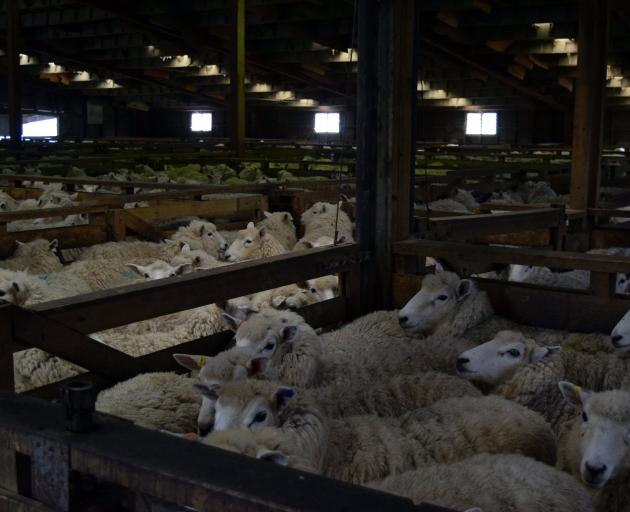
"It might give us another $60,000 of income."
The merino flock had the potential to increase to up to 10,000 sheep.
Every dollar invested in the station, needed to produce a return, he said.
Another resource on the station was wild deer.
Nearly 4300 wild deer on the station had been shot from a helicopter since he started working there.
The wild venison was processed, branded and sold in restaurants.
"We are in negotiations with a meat plant in Dunedin to have more control on processing, what comes off the station and how much we get paid for it."
Another project was producing pet food, using mutton, venison, offal and possum from the station.
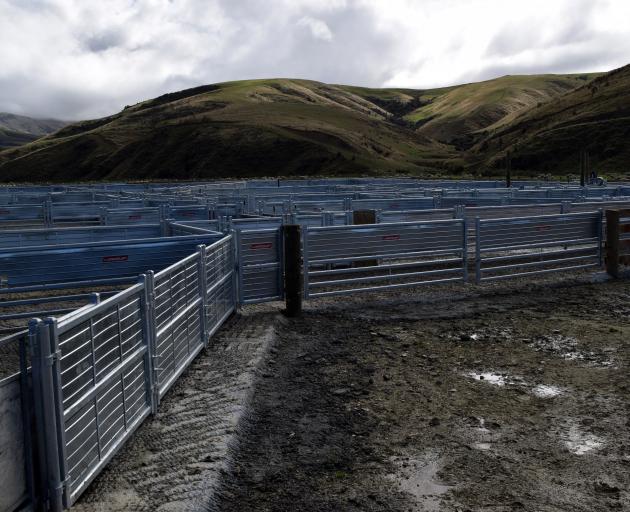
Staff were the "biggest asset" on the station.
In a bid to reduce waste, he sold any farm equipment not being used.
"If it is sitting under a tree and worth $500, I sold it because I wasn’t using it."
As part of the lean farming approach, every piece of farming equipment being used was stored in its own place, making it easy for staff to find.
"There are no excuses — if something is moved then someone has had a cock-up."
The process of increasing of efficiencies on the station was ongoing, Mr Lee said.
"We are not there yet and I don’t think we will ever be there."


